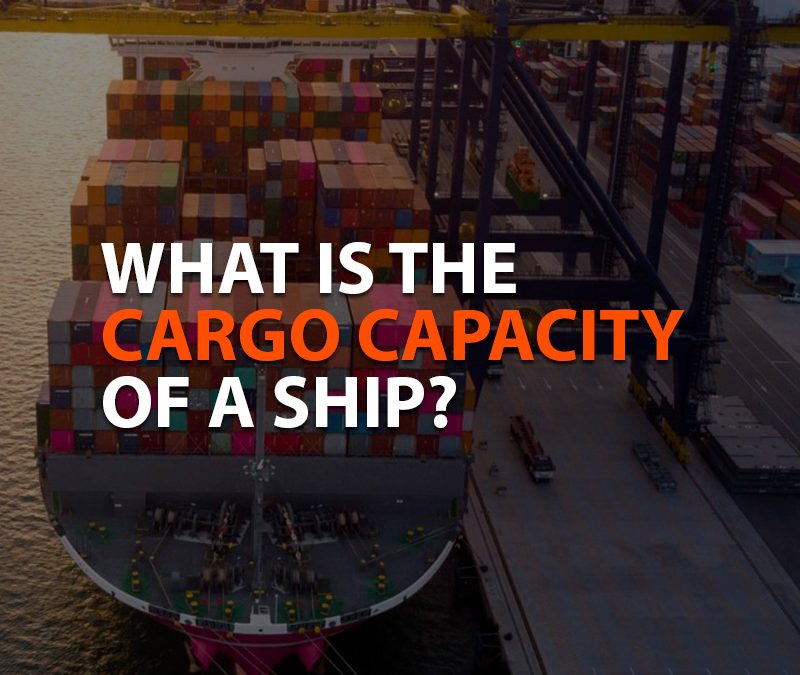The cargo capacity of a ship can vary widely depending on the type and size of the vessel. Different types of ships are designed for different purposes and have different cargo capacities. Here are some common types of ships and their approximate cargo capacities:
- Bulk Carriers: These ships are designed to transport bulk cargo such as coal, ore, grain, and other raw materials. Their cargo capacities can range from a few thousand tons to well over 300,000 tons for the largest bulk carriers.
- Container Ships: Container ships are used to transport standardized containers, and their capacity is typically measured in TEUs (Twenty-foot Equivalent Units). A small container ship might have a capacity of around 1,000 TEUs, while the largest ones can carry more than 20,000 TEUs.
- Tankers: Tankers are designed to carry liquid cargo, such as oil, chemicals, or liquefied natural gas (LNG). Their capacity can range from a few thousand tons to over 300,000 tons for ultra-large crude carriers (ULCCs).
- General Cargo Ships: These are versatile ships that can carry a variety of cargo types, including containers, breakbulk (individual items like machinery or vehicles), and even some bulk cargo. Their capacity varies widely based on size and design.
- Ro-Ro (Roll-on/Roll-off) Ships: Ro-Ro ships are designed to transport vehicles and other rolling cargo. Their capacity depends on the size and layout of the ship, but they can carry thousands of vehicles.
- LNG Carriers: These specialized ships transport liquefied natural gas. They can have varying capacities, with the largest LNG carriers capable of carrying around 266,000 cubic meters of LNG.
- Dry Cargo Ships: These ships are designed to carry non-liquid, non-containerized cargo. The capacity of dry cargo ships can vary significantly depending on their size and design.
It’s important to note that cargo capacity is also influenced by factors such as the draft of the ship (the depth of the ship’s hull below the waterline), which determines how much cargo the ship can carry while maintaining proper stability and safety.
The specific cargo capacity of a ship can be found in its documentation, including its specifications and cargo manifest, and can vary greatly depending on the ship’s design and purpose






